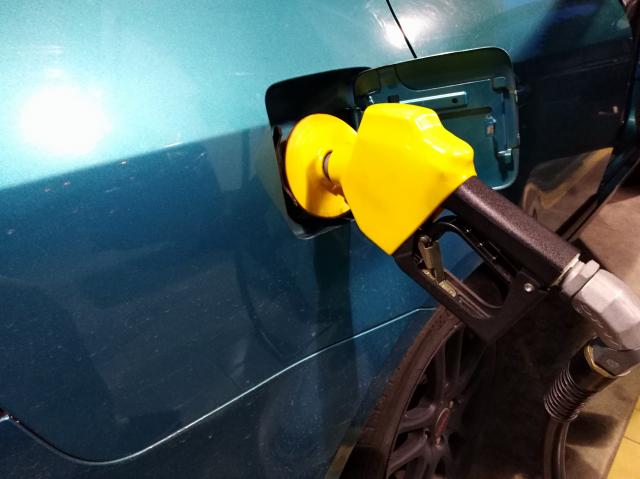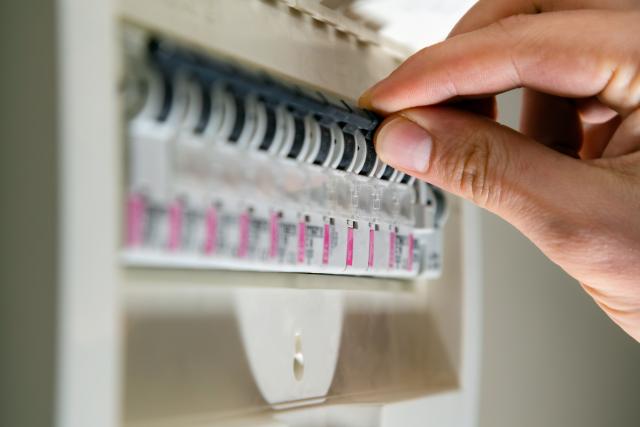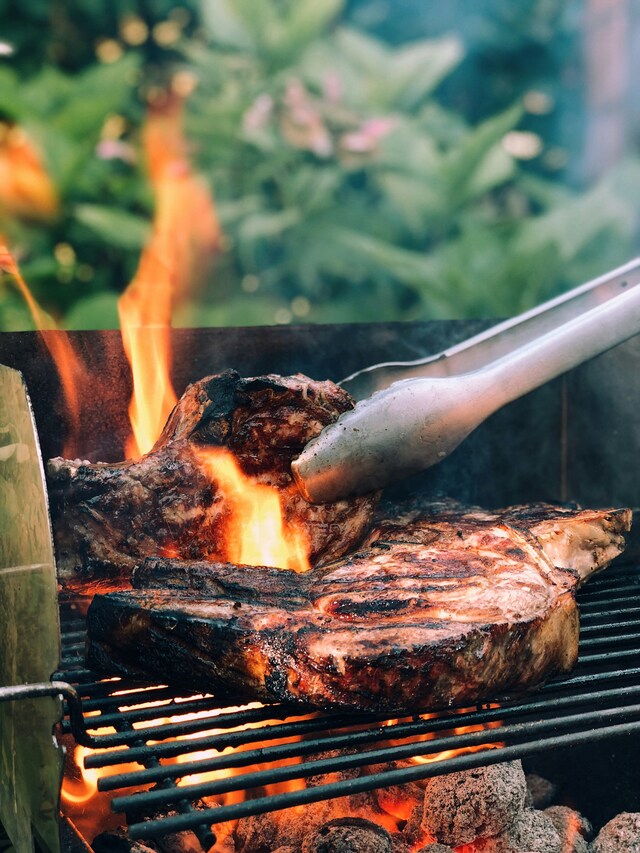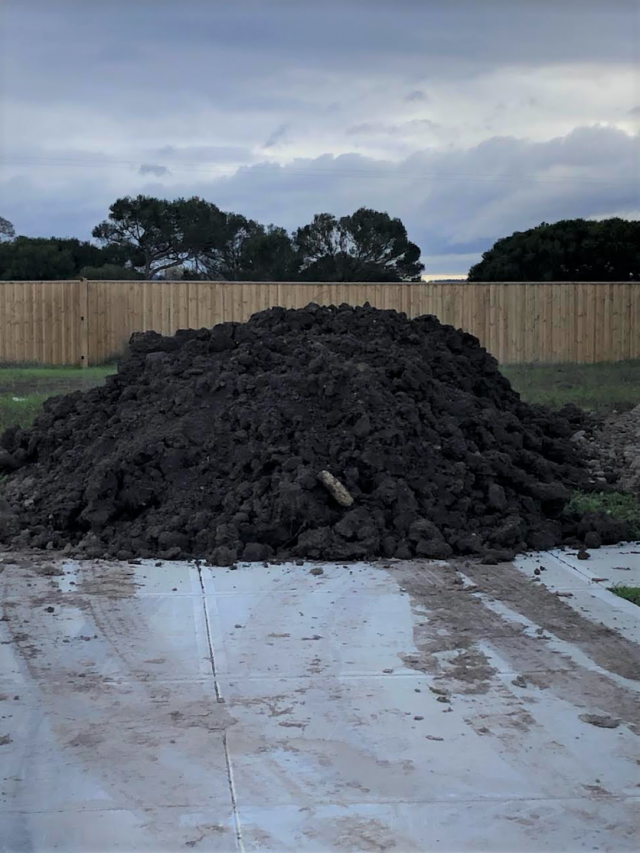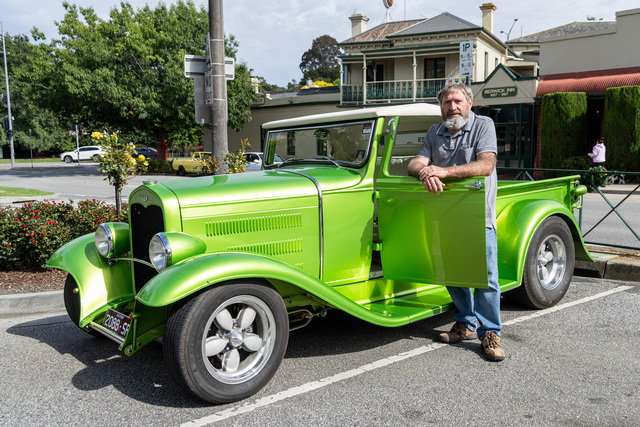Casey motorists did not escape the rising cost of unleaded fuel over the past week, with the average price of fuel across Casey at about $2.0255.
Data from fuel price monitoring apps and websites, such as PetrolSpy Australia, show that the cost of unleaded fuel from many Casey outlets was between $1.759 and $2.249 over the past week.
Facebook commenters from across Casey were vocal in their frustration.
We are being robbed in Berwick… every week,“ Darren Pollard said.
“No one says a thing.
“The three servos are always so much more than anywhere else.“
Chantelle Park said Berwick’s fuel prices were a “complete rip off“.
“It goes up and down like a yo-yo it is a necessity and you need it to run your car,“ David Boyce said.
Lavanya Sriram said the prices often differ across the same brands of service stations, with a quick comparison showing a BP in Cranbourne North with a price of $1.82 and a nearby BP in Cranbourne West with a price of $2.25.
“Same day, same brand, same quality,“ she said.
“Not so far from one another.
“Prices are so different.“
Ms Sriram said she is always keeping an eye out for the prices to drop.
“I look out for the day it is closest to 180 cents, usually on a Tuesday or Wednesday.
“I know some friends who use app price locking.“
Speaking on buying an electric or hybrid vehicle, Jimbo Bau said switching to electric was not worth it yet.
“Going electric in this state is not viable as they put surcharge on cars, the high electricity rates plus the cost of the vehicles in this country,“ he said.
Bonnie Kovacevic also agreed that electric was not an appropriate option for most families.
“Electric is not an option as we are not equipped well enough to charge,“ she said.
“I cannot afford to shell out for a new electric 7-seater vehicle with the rise in costs of living for everything else.
“Unfortunately fuel is a non-negotiable.“
Commenter Kate said she bought a brand-new hybrid car about 12 months ago.
“All my other cars were five to 10 years old, so it’s the most expensive thing I’ve ever bought,“ she said.
“It is such a good investment!
“I buy the ethanol fuel about once a month instead of ULP every week, so my fuel costs are kept low.
“I feel bad for my son and his friends who are all struggling with older cars and high fuel prices.“
Australasian Convenience and Petroleum Marketers Association chief executive Mark McKenzie said motorists should always expect fuel prices to fluctuate and keep an eye out for the best deals.
“Contrary to what many assert, in any given local market, fuel prices typically vary by up to 8-10 cents per litre,“ he said.
“Consequently, motorists should always shop around and one of the best ways to do that is to use the various fuel price apps that are now available.“
Mr McKenzie said a number of factors influence the price of fuel, including reduced production post COVID, the Russia Ukraine issue, and uncertain global economic conditions, three unplanned outages of refineries (i.e. refinery shutdowns) in the Middle East and SE Asia and the Federal Government’s fuel excise.
“Fuel prices are impacted by global and national factors and wholesale fuel prices (determined almost entirely by global factors) account for an average of 85 per cent of the retail price motorists pay at the pump,“ he said.
“In all, there are more than 12 factors that impact fuel prices.“
On Tuesday 1 August, the federal fuel excise increased to 48.8 cents per litre, up from 46 cents per litre this time last year.
At a retail price of $2 per litre, the Federal Government collects 67 cents per litre, which makes it the single biggest cost component of the price motorists pay at the pump (i.e. ‘International prices’ include global oil price plus global refined price).
Mr McKenzie said different business models also dictate the different approaches to pricing, with 32 per cent are company owned and company operated, 30 per cent are dealer owned and dealer operated, 22 per cent are independent and 16 per cent are company owned and dealer operated.
“Different businesses adopt different approaches,“ he said.
“In all, the nation’s 8030 service stations are operated by more than 3400 independent businesses – the majority of whom are small and medium-sized enterprises – and they all compete with each other for motorist’s business.“
RACV corporate communications head Eleanor Colonico said it was hard to predict how fuel prices would change.
“The trend for fuel prices over the coming weeks will be subject to various influences, such as levels of competition in different suburbs, wholesale prices and taxes, and other factors,“ she said.
“There are often considerable price differences for fuel even in the same suburb or town.“

